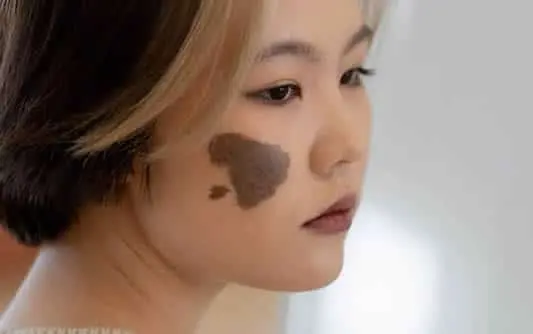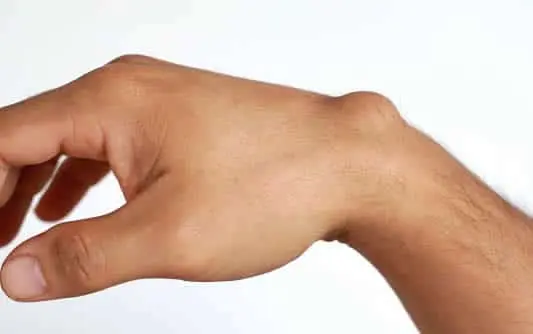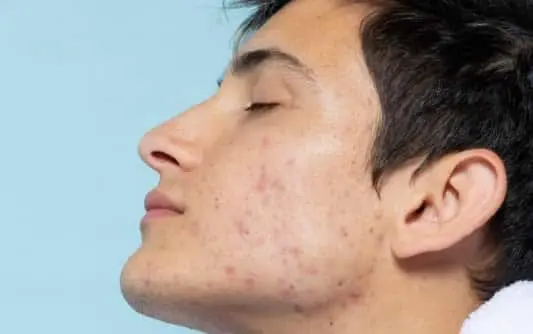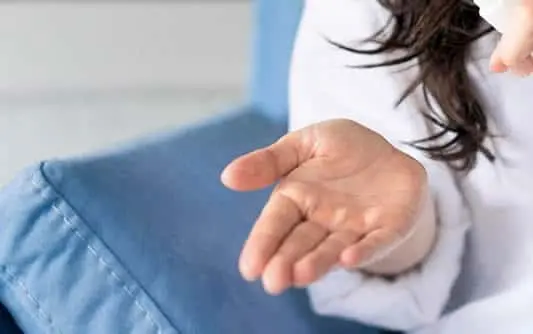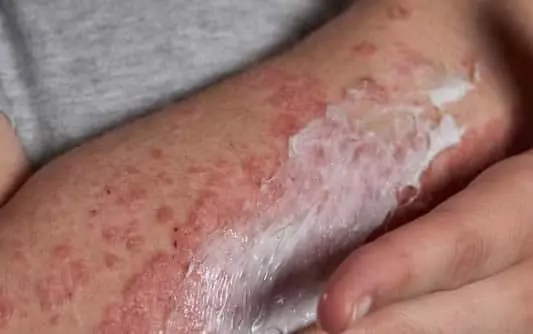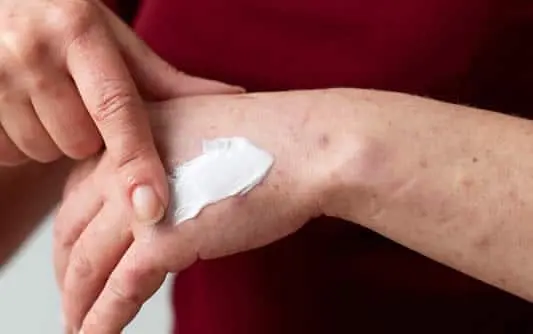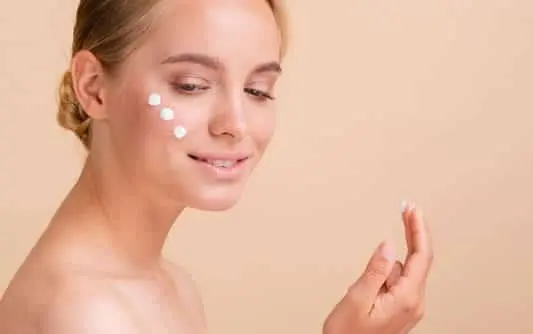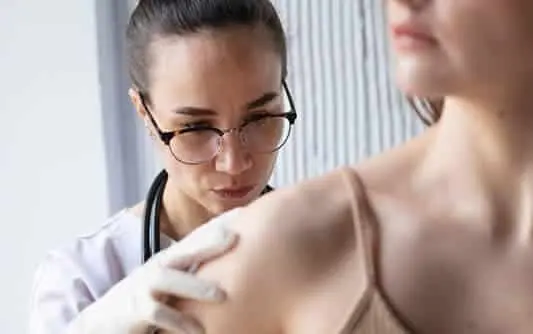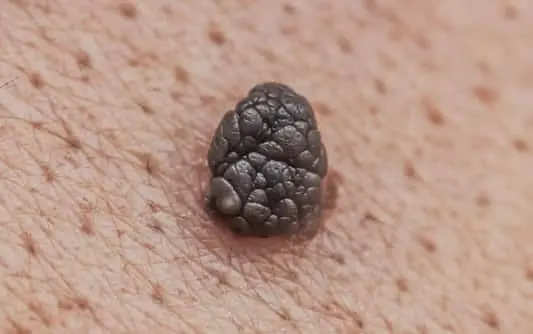
Three things you should know about skin lesions
The term “skin lesion” encompasses a broad spectrum of abnormalities, including color changes, bumps, patches, rashes, and various other manifestations on or beneath the skin. From freckles and moles to itchy patches and dry areas, many different marks fall under this category. While most skin lesions are harmless, some can pose serious health risks.
1. Not All Brown Spots Are Moles
- Moles, composed of melanocytes, are pigment-producing cells that can appear flat or raised, and may present in shades of brown, black, or pink. They often develop early in life and typically cease to appear after the age of 40. However, moles can evolve over time and may even progress to skin cancer.
- Dark spots on the skin aren’t always moles; they could also be benign freckles or sunspots, which are flat pigmented areas resulting from UV exposure. Additionally, brown spots appearing after the age of 40 are often seborrheic keratosis, elevated brown bumps with a waxy or crusty texture. Importantly, unlike moles, these spots do not contain melanocytes and therefore do not carry a risk of skin cancer.
2. Scar Tissue Can Mimic Brown Spots
Dermatofibroma, for instance, presents as a flat or slightly elevated bump with white to purple scar tissue at its center, encircled by a brown rim. While they can resemble concerning brown spots, dermatofibromas are typically benign.
3. Rashes: A Surprising Culprit of Skin Lesions
Rashes, characterized by clusters of skin lesions, can affect small or large areas of the skin. Despite their diverse causes, reactions to personal care products such as creams, lotions, soaps, and shampoos are among the common triggers. The fragrances and other additives in these products often irritate the skin, leading to rash formation. Interestingly, even clothing-related products like detergents and fabric softeners can cause skin reactions due to residual chemicals.
If a rash is suspected to be product-related, transitioning to a gentler, fragrance-free alternative is recommended. Sensitivities can arise at any time, even after years of product use without issue. Persistent rashes should prompt a visit to a Northridge dermatologist for further evaluation to determine the underlying cause.
4. Skin Exam Frequency: A Personalized Approach
Unlike other medical recommendations, there are no universal guidelines dictating how often individuals should undergo skin examinations by a dermatologist. In general, scheduling an appointment upon noticing any concerning changes in the skin is advisable. During the initial consultation, the dermatologist will conduct a thorough assessment, including a review of family history and an evaluation of skin cancer risk factors. Based on this assessment, the dermatologist will recommend an appropriate follow-up schedule for skin examinations. Early detection, facilitated by regular professional evaluations, is crucial for effective management and treatment of potential skin issues.


